There are countless misconceptions about space, fueled by science-fiction movies with poor science and sensational tabloid headlines. These myths distort our understanding of the universe. Here are 21 common space myths that we need to stop believing.
Common Misconceptions about Space
1. Astronauts are weightless in orbit
Reality: anywhere mass and space exist, gravity exists. The gravitational influence from the Sun that keeps the Earth in orbit around the Sun is felt equally by the astronauts in space. The gravitational influence from the Earth that keeps the Moon and the ISS in Earth’s orbit is also felt by the astronauts floating inside and outside the spacecraft. Astronauts float in space not because they are weightless, but because they are free-falling towards the Earth. They are experiencing the same thing experienced by a roller coaster rider on an amusement park ride. In fact, every object orbiting another object in space is actually free-falling towards the object which they are orbiting.
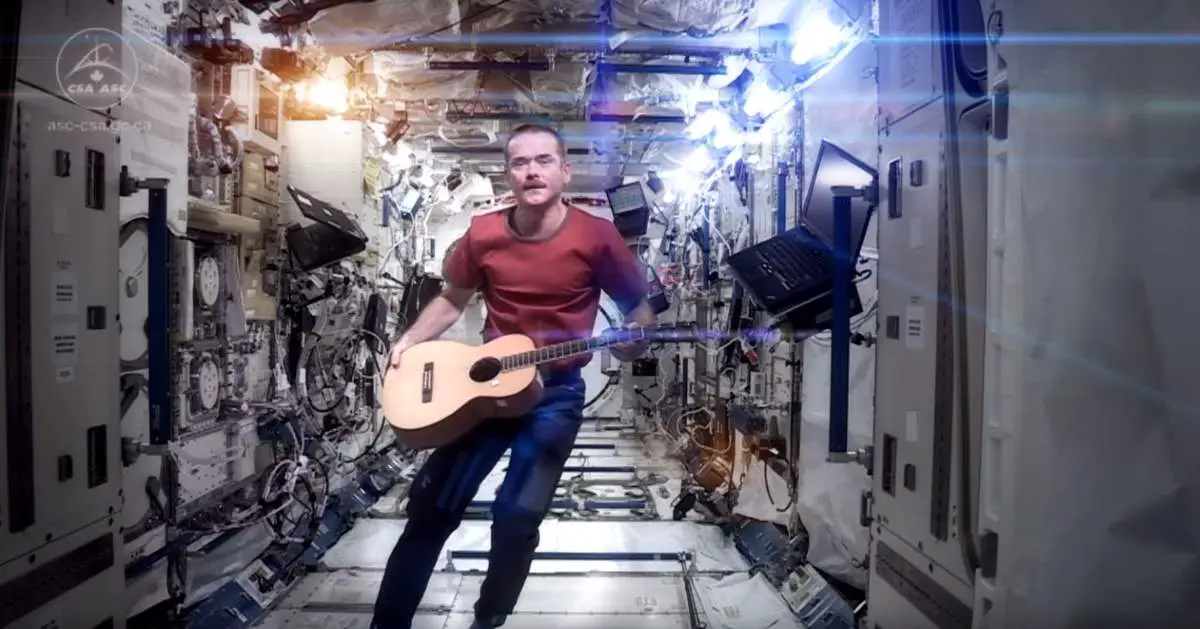
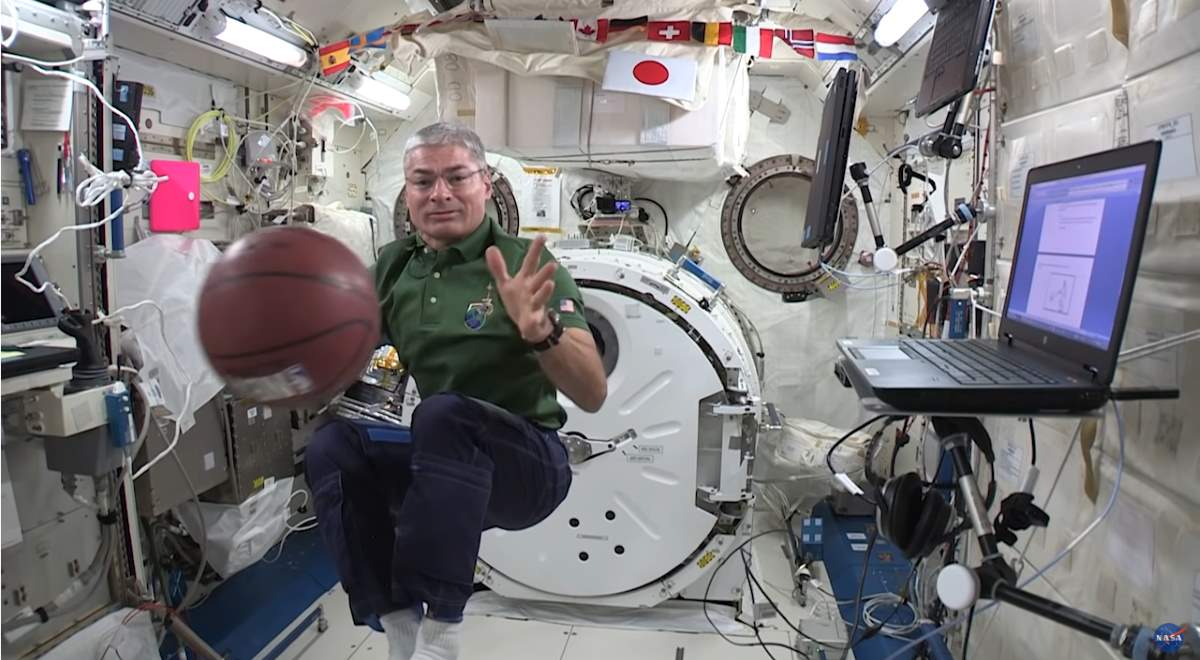
Related: Why do Astronauts Float in Space?
2. The Sun is Yellow
Reality: white is the true color of the Sun. In fact, the Sun emits a lot of energy in the visible range. It is from 390 nm to 700 nm in the wavelength scale, and you get all colors from violet to red when you translate it to colors. Just as we see them in the rainbow. When you mix all those colors together, you get white.
When we see the Sun at sunrise or sunset, when it is low in the sky, it may appear yellow, orange, or red. But that is only because its short-wavelength colors (green, blue, violet) are scattered out by the Earth’s atmosphere.
Usually, we see the Sun as yellow, because the shortest wavelengths (that we see as different shades of blue) are being scattered by the Earth’s atmosphere. That’s also the reason why the sky is blue.
3. The Great Wall of China is the only human-made structure visible from space
Reality: From space? I mean, do you think you can see the Great Wall of China in the photo below?
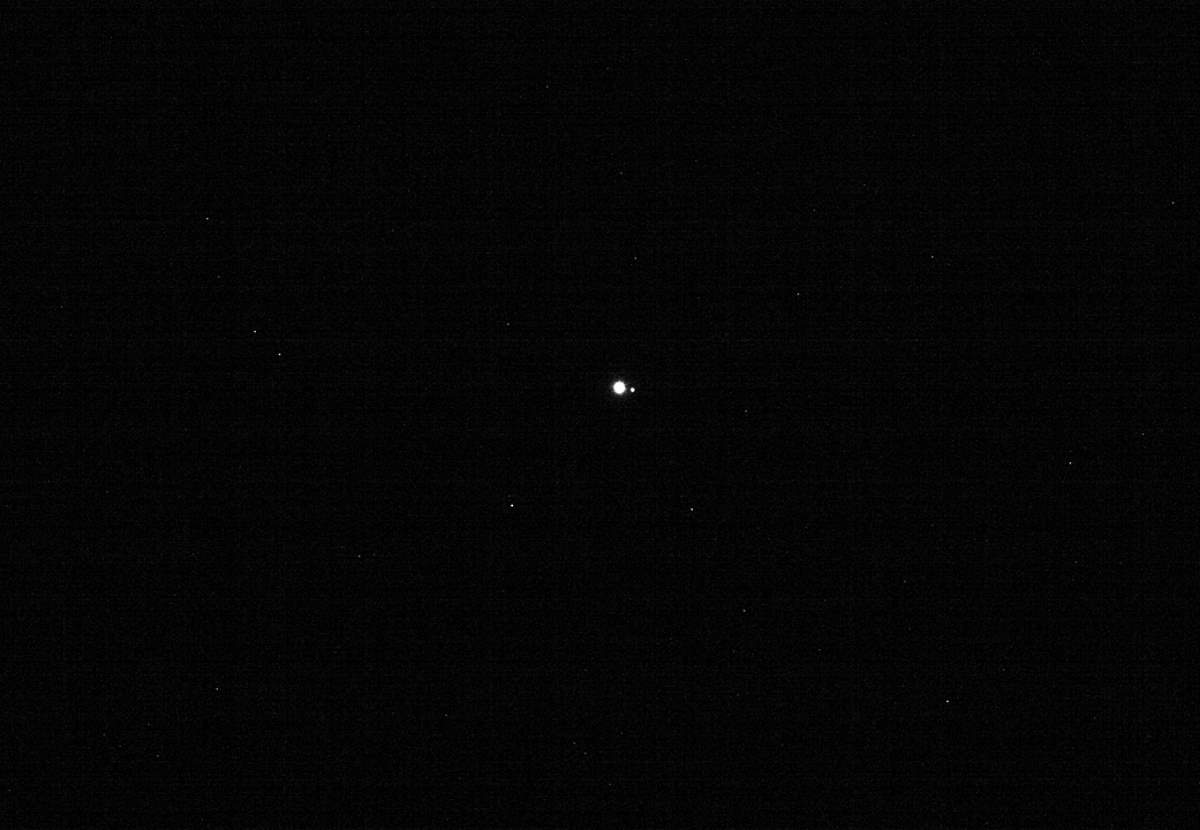
OK, people usually refer to the Low Earth Orbit (LEO, see notes 1) when they say the Great Wall is “the only human-made structure” that is visible from space. But, still, it isn’t.
In fact, according to NASA, it is very difficult to see or photograph the Great Wall even from the low Earth orbit. It very rarely can be visible in the LEO, and to an aided eye, under special conditions. (Source: NASA)
But, you can see a lot of things people have made, and perhaps most visible from low Earth orbit are cities at night. Cities can be seen during the day too, as can major roadways and bridges, airports, dams, and reservoirs. (Source: NASA)
4. It would be dangerous to fly through an asteroid belt
In the 1980 film Star Wars: Episode V – The Empire Strikes Back, to get rid of the Imperial starships, Han Solo flies the Millennium Falcon into an asteroid field. And it’s real chaos in there: a lot of space rocks everywhere, flying randomly, and being a great spaceship pilot, Han Solo amazingly flies the Millennium Falcon through these dangerous rocks, bobbing and weaving, while the pursuing TIE fighters crash into the asteroids.
In fact, there are tons of scientific errors in this scene, like “sound in space”. What’s more, if you do these maneuvers in space, the G-forces would be so great that every
This misconception is so common, for example, somebody asked on the popular question-and-answer site Quora: “It is said that Voyager 1 will leave the Solar System and travel through interstellar space. Will it not be destroyed when it hits the Oort cloud?”
Reality: As Douglas Adams pointed out in The Hitchhiker’s Guide to the Galaxy, “Space is big. Really big. You just won’t believe how vastly, hugely, mind-bogglingly big it is.”
In the Oort cloud (see notes 2), the average distance between comets is estimated at around 16 astronomical units (AU). That is 16 times the distance between the Earth and the Sun, which means one comet every 2.4 billion kilometers.
Imagine reducing a comet to the size of a golf ball. Then, the average distance between golf balls would be about 10,000 km or 6,214
In the Asteroid Belt of the Solar System, which is between the orbits of Mars and Jupiter, the average distance between objects is again a massive 600,000 miles (965,606.4 km). It is more than 2.5 times the distance between the Earth and the Moon. So no, it wouldn’t be dangerous to fly through an asteroid belt.
5. There is a dark side of the moon
Reality: The Moon has no side that is constantly dark; the front and back are alternately lit as the Moon rotates.
6. You would instantly freeze in space
Reality: you wouldn’t freeze instantly in space, as depicted in the Hollywood movies, despite its average temperature being so low (3K or -270 °C; -454 °F). Because there’s no matter in the space, the heat does not leave the body quickly enough. You only lose heat via thermal radiation. Of course, you would get colder and eventually freeze but very, very slowly.
7. Your body would explode in space
Reality: It is a common myth that your body would explode in space if you don’t wear a spacesuit. Human skin is strong enough to keep the body from bursting. In fact, you can live up to two minutes in the space unprotected. But, eventually, of course, you’d die.
8. Your blood would boil in space
Reality: There’s a thing called Armstrong limit, often called Armstrong’s line. It is the altitude that produces an atmospheric pressure so low that water boils at the normal temperature of the human body: 37 °C (98.6 °F). The Armstrong line begins at an altitude of approximately 18 km (60,000 ft) to about 19 km (62,000 ft). It would be better to wear a spacesuit above that altitude, for your own safety (your blood’s not going to boil though, as the walls of the veins keep your blood pressure high enough to stop your blood from boiling).
At or above the Armstrong limit, exposed bodily liquids such as saliva, tears, urine, blood, and the liquids wetting the alveoli within the lungs – but not vascular blood (blood within the circulatory system), as explained before -will boil away without a pressure suit, and no amount of breathable oxygen delivered by any means will sustain life for more than a few minutes.
9. NASA spent millions of dollars to develop a pen that could write in space, while Soviet cosmonauts simply used pencils
Reality: No, it never happened. Long story short, in the early years of the space race, both NASA astronauts and Soviet cosmonauts were using pencils. But, using a pencil in a spacecraft is potentially dangerous. During this time period, the American inventor and politician Paul C. Fisher (October 10, 1913 – October 20, 2006) invented a space pen with no NASA funding, nor was he contracted with the space agency.
His pen had a pressurized ink cartridge, functioned in a weightless environment, in the vacuum, underwater, in other liquids, and in temperature extremes ranging from -50 °F (-45.5 °C) to +400 °F (204 °C). It can also write any angle on almost any surface. His company, Fisher Pen Co. spent the reportedly $1 million from its own funds. Then, both NASA astronauts and, surprise!, the Soviet cosmonauts used Fisher anti-gravity pens in space.

10. Astronauts fly around with jetpacks
Reality: technically, it’s not called jetpack. It’s called the Manned Maneuvering Unit (MMU). It is an astronaut propulsion unit that was used by NASA on three Space Shuttle missions in 1984. In the first one of these missions, NASA astronaut Bruce McCandless II (June 8, 1937 – December 21, 2017) made the first ever untethered free flight using the MMU and with a distance of 98 meters (320 feet) from the space shuttle, he also broke the spacewalking record.
The MMU allowed the astronauts to perform untethered EVA spacewalks at a distance from the shuttle. The MMU was used in practice to retrieve a pair of faulty communications satellites, Westar VI and Palapa B2. Following the third mission, the unit was retired from use. A smaller successor, the Simplified Aid For EVA Rescue (SAFER), was first flown in 1994 and is intended for emergency use only. So no, astronauts do not fly around using jetpacks, MMUs, or whatever else.
11. The moon is pretty close to the Earth
Reality: the Moon is the closest planetary object to Earth, but, it’s not as close as people usually think. See the photo below.
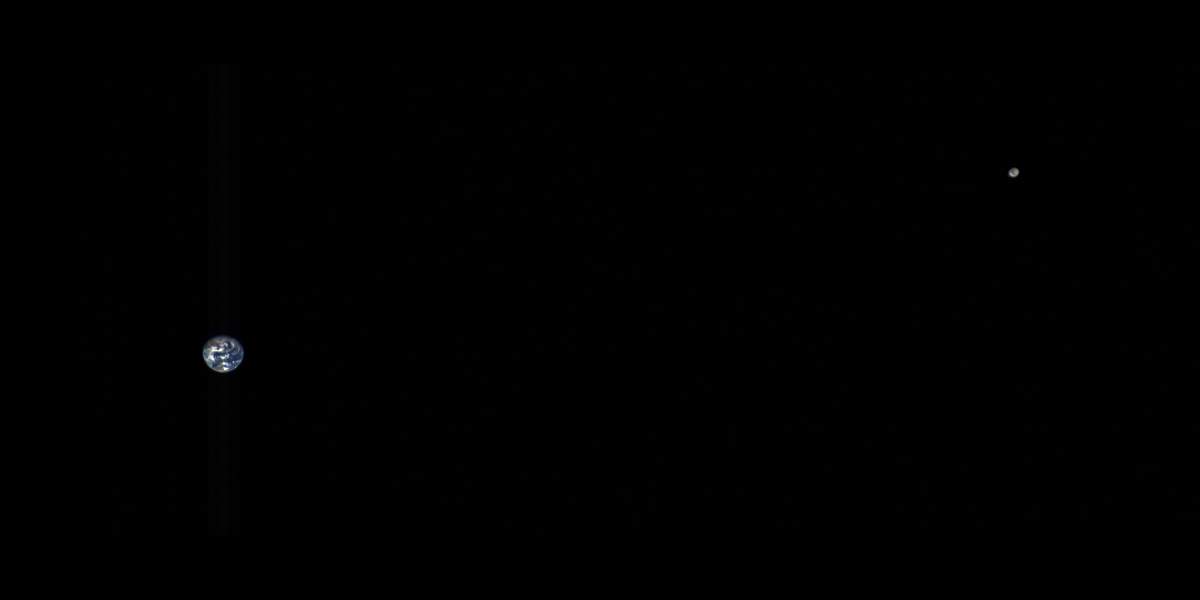
12. Black holes swallow everything
Another common misconception about space. Black holes are one of the most misunderstood concepts in astronomy. For example, a question on Quora asks “Why doesn’t the black hole in the middle of the galaxy consume the entire galaxy?”
Reality: Black holes contain matter so compressed that their gravitational pull will not let even light leave them. That is why we cannot see them directly.
But here’s the point: a black hole is any amount of matter squeezed into a very, very dense package. They are not gravitational vacuum cleaners that suck in everything around them. Like any star or any celestial mass, things can orbit them. For example, if we could somehow compress our Sun enough to become a black hole, it would be less than 6 kilometers (under 4 miles) across.
But, it would exert no more gravitational force on Earth or the other planets in the solar system than it does now. Why? Because it would contain no more matter than it does now and it would be no closer to the planets than it is now. So, the Earth and other planets wouldn’t change their orbits. They would continue orbiting the black hole with the same distances and orbital velocities they currently have.
The life on Earth couldn’t survive, of course. Because there would be no more sunlight.
But, if you get too close to a black hole, you can pass beyond the event horizon, which is the point of no return. Beyond the event horizon, the gravitational pull of a black hole becomes so great as to make escape impossible. Even light cannot escape, hence the name.
13. The vacuum of space is always extremely cold
Reality: While this is true for most of the space, if you’re close enough to a star (i.e. the Sun), it can get really hot. Otherwise, there couldn’t be life on Earth. For example, in sunlight near Earth, temperatures can swing to a boiling 250 degrees Fahrenheit (121 °C). That’s why astronauts wear reflective white spacesuits.
14. Moon phases are caused by the shadow of Earth
Reality: this is completely wrong. Just like the Earth, the moon is only half-lit by the Sun at any time. We see it from different angles, that’s how moon phases occur. Yes, occasionally, the Earth’s shadow falls on the moon’s face – that’s called a lunar eclipse. This can only happen during a full moon when the Earth can get in the way between the Sun and Moon.
15. In the Middle Ages, people thought the Earth was flat
Reality: Even in the Middle Ages, nobody thought the Earth was flat. R
For example, Christopher Columbus and the Spaniards knew the Earth was round – that’s why he set sail to go to India by going west. He just made one mistake: in 240 BC, the Greek astronomer, geographer, mathematician, music theorist, and librarian Eratosthenes of Cyrene (c. 276 BC – c. 195/194 BC) calculated the circumference of the Earth.
Seventeen hundred years after Eratosthenes’ death, while Columbus studied what Eratosthenes had written about the size of the Earth, he chose to believe, based on a map by the Italian astronomer, mathematician, and cosmographer Paolo dal Pozzo Toscanelli (1397 – 10 May 1482), that the Earth’s circumference was one-third smaller. Had Columbus set sail knowing that Eratosthenes’ larger circumference value was more accurate, he would have known that the place where he made landfall was not Asia, but rather a New World.
16. Comet tails always trail behind the comet
Reality: a comet’s tail is influenced by heat and solar wind (the flow of particles from the Sun), not friction. Because there’s no matter around a comet in space. As a comet approaches the inner Solar System, solar radiation causes the volatile materials within the comet to vaporize and stream out of the nucleus, carrying dust away with them.
The streams of dust and gas thus released form a huge, extremely tenuous atmosphere around the comet called the coma, and the force exerted on the coma by the Sun’s radiation pressure and solar wind cause an enormous tail to form, which points away from the Sun.
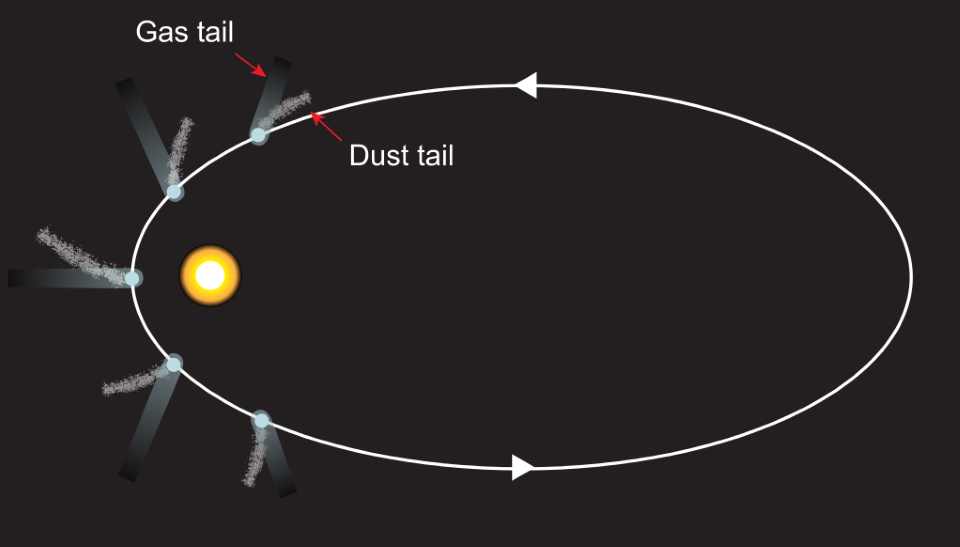
17. The moon is really reflective
Reality: The Moon reflects only about 12% of the light from the Sun. For comparison, Earth reflects 39%. The most reflective planetary body in our solar system is Saturn’s moon Enceladus, which reflects 99% of the sunlight that falls on it back into space. Because it is mostly made of ice, like a lot of moons of the outer solar system. So, if the moon was as reflective as Enceladus, a full Moon would be like having another Sun in the sky at night.
How? Because the Sun and moon appear the same size in Earth’s sky: the Sun’s diameter is about 400 times greater – but the Sun is also about 400 times farther away. That’s how total solar eclipses occur when the Moon passes between the Sun and Earth.
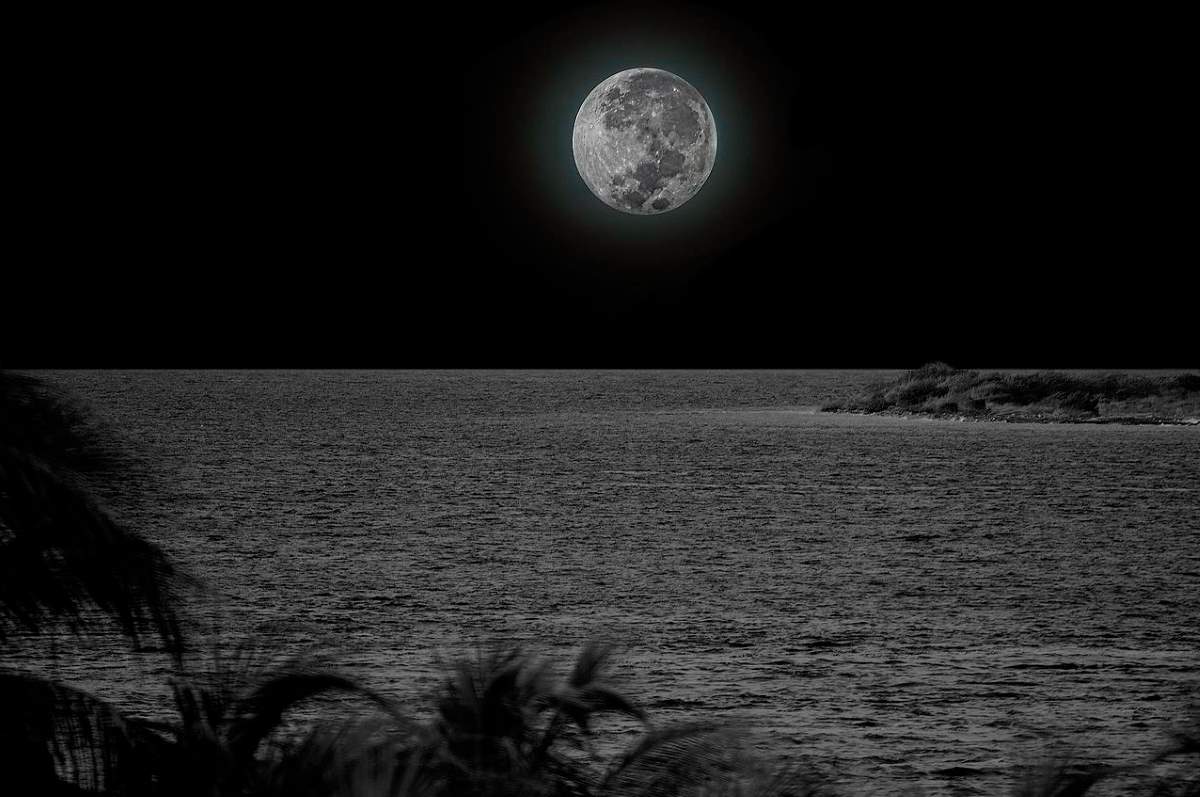
The supermoon over the Dutch Caribbean, 50 miles north of Venezuela, November 15, 2016
18. Mercury is the hottest planet
Reality: Mercury is the closest planet to the Sun. Despite that, it’s not the hottest planet – that title goes to Venus. The average temperature on Venus is 864 degrees Fahrenheit (462 °C). The dayside of Mercury reaches temperatures of up to 800 degrees Fahrenheit (427 degrees Celsius). In contrast, the chilly night side can get as cold as minus 290 °F (minus 180 °C). The planet has an average temperature of 332 °F (167 °C).
The reason is the greenhouse effect: Venus has an atmosphere about ninety times thicker than that of Earth and made almost entirely of carbon dioxide.
The greenhouse effect is the process by which radiation from a planet’s atmosphere warms the planet’s surface to a temperature above what it would be without its atmosphere. If a planet’s atmosphere contains radiatively active gases (i.e., greenhouse gases, like water vapor, carbon dioxide, methane, nitrous oxide, and ozone) they will radiate energy in all directions. Part of this radiation is directed towards the surface, warming it.
The greenhouse effect on Venus is so great that it raises the surface temperature on Venus to hotter than that of Mercury, despite being farther from the sun. Mercury has a very thin atmosphere with various gases, but very little carbon dioxide.
19. Saturn is the only ringed planet
Reality: yes, the most prominent and most famous planetary rings in the Solar System are those around Saturn, but in fact, half the planets in our Solar System have rings: Jupiter, Saturn, Uranus, and Neptune (unlike Saturn’s rings, they are very dark and faint, though). What’s more, recent evidence suggests that ring systems may also be found around other types of astronomical objects, including minor planets, moons, and brown dwarfs.
Since all the giant planets of the Solar System have rings, the existence of exoplanets with rings is plausible. The best candidate observed so far was detected around a star known as J1407, in the constellation Centaurus at a distance of about 420 light-years from Earth. This planet – or perhaps brown dwarf – is thought to have a colossal ring system with a radius of about 90 million km (about 200 times that of Saturn’s rings). That’s why it has been dubbed “Super-Saturn” in the press releases.
However, the age of this stellar system is only about 16 million years, which suggests that this structure, if real, is more like a protoplanetary disk rather than a stable ring system in an evolved planetary system like Saturn’s.
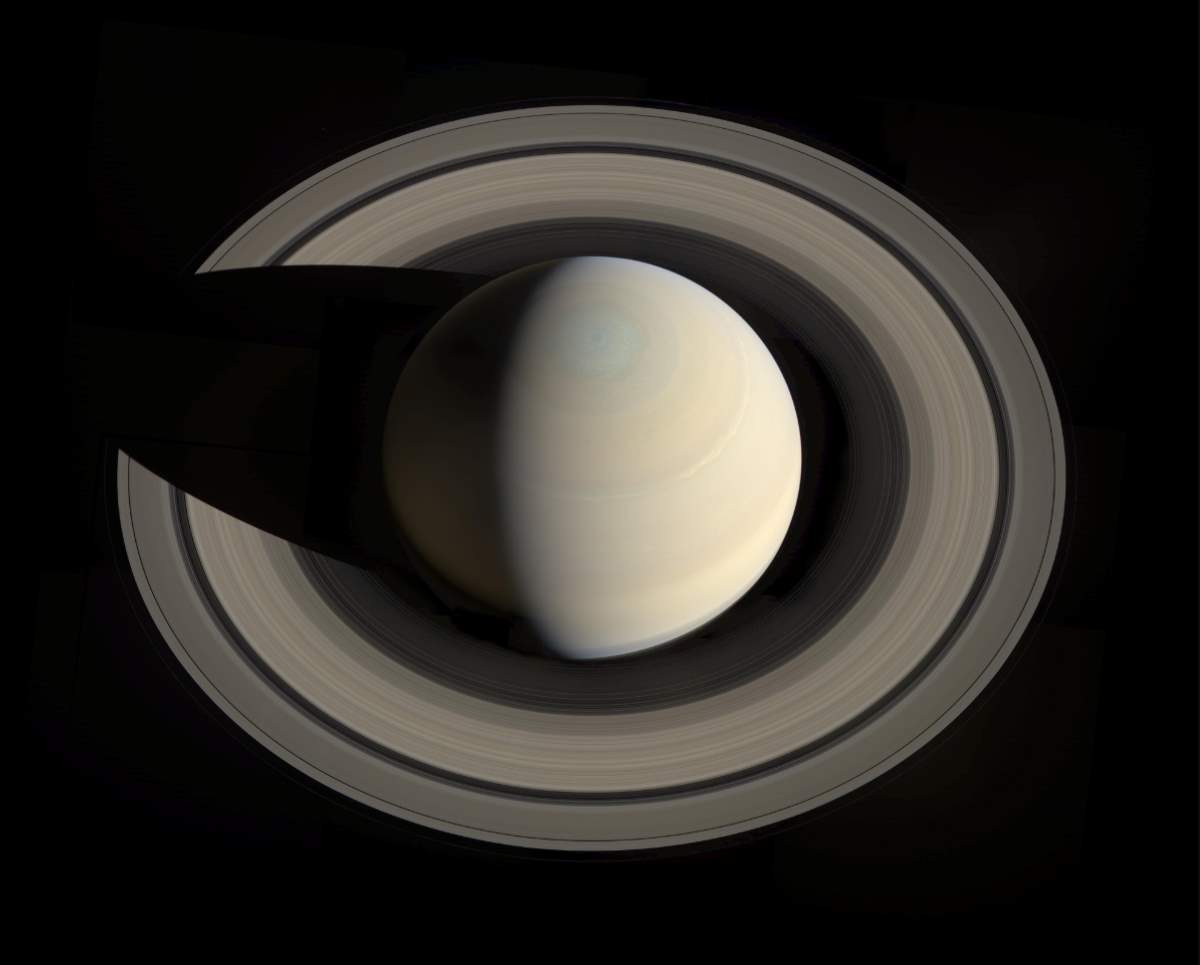
20. The Sun is a big ball of fire
Reality: The sun shines because of nuclear fusion, not chemical burning.
The immense gravity of the sun causes hydrogen to fuse into helium, which releases tremendous amounts of energy. It is not “burning” by oxidizing a flammable material.
Nuclear fusion occurs when one proton smashes into another proton so hard that they stick together and release some energy as well. This energy then heats up the other materials (other protons and electrons and such) nearby. This heating eventually grows out from the center (or core) of the star to the outside, finally leaving the surface and radiating out into space to be the heat and light we know stars emit.
People, including scientists, sometimes say that the Sun “burns hydrogen” to make it glow. But that is just a figure of speech. Hydrogen really doesn’t burn, it fuses, into helium. So no oxygen is required!
21. The Pole Star is the brightest in the sky, and it has been always above the North Pole
Reality: The current pole star, also called (the Northern Hemisphere) North Star is Polaris. Although it is bright, it is not the brightest star in the Earth’s sky (that title goes to Sirius). In fact, because of the precession of the equinoxes, the position of each pole describes a small circle in the sky over a period of 25,772 years. That means, the pole star changed over the millennia, and sometimes there was no pole star at all. Or, in other words, the current pole star, Polaris, wasn’t the pole star a few thousand years ago.
Shakespeare had Julius Caesar describe himself as “constant as the northern star”, but we now know that there was no star to the north in Caesar’s day.
Around the year 14,000, Vega will be the pole star.
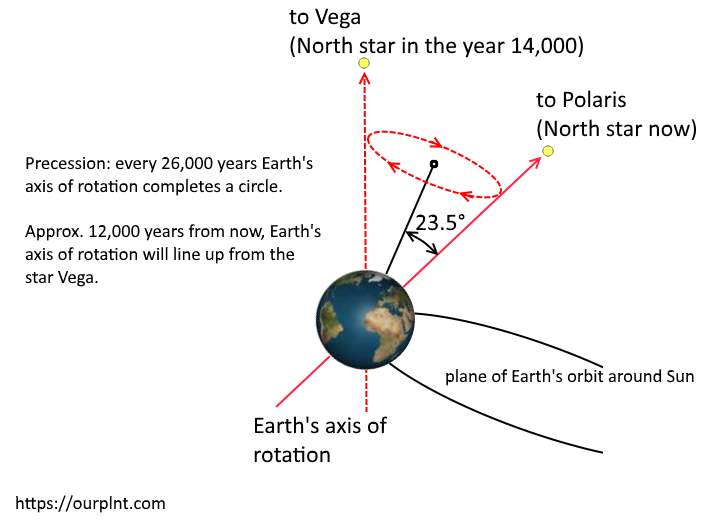
Notes
- Low Earth orbit (LEO) is an orbit around Earth with an altitude between 160 kilometers (99 mi) (orbital period of about 88 minutes), and 2,000 kilometers (1,200 mi) (orbital period of about 127 minutes). The International Space Station, for example, is in the Low Earth Orbit. It maintains an orbit with an altitude of between 330 and 435 km (205 and 270 mi).
- The Oort cloud, sometimes called the Öpik-Oort cloud is a theoretical cloud of predominantly icy planetesimals believed to surround the Sun to as far as somewhere between 50,000 and 200,000 AU (0.8 and 3.2 light years). It is named after astronomer Jan Oort, who first theorized its existence. 1 AU (Astronomical Unit) is the distance between Earth and the Sun, which is now defined as exactly 149,597,870,700 meters (about 150 million kilometers, or 93 million miles).
Sources
- “Is the Sun yellow or white?” on the Ask an Astronomer website
- What Color is the Sun? on Stanford.edu
- “44 Common Misconceptions About Astronomy” on losrios.edu
- “If the Sun became a black hole, would Earth get pulled inside?” on spaceplace.NASA.gov
- “Even In The Middle Ages, People Didn’t Think The Earth Was Flat” on Newsweek
- Comet tail on Wikipedia
- “Why do the sun and moon seem like the same size?” on EarthSky
- Why is Venus hotter than Mercury if Mercury is closer to the sun? on UCSB.edu
- Greenhouse Effect on Wikipedia
- How Hot is Mercury? on Space.com
- “Everything you know about space is wrong” by Matt Brown on Science Focus
- Ring System on Wikipedia
- How can the Sun “burn”? on starchild.gsfc.NASA.gov
- Moon Landings: All-Time List [1966-2025] - February 2, 2025
- What Is Max-Q and Why Is It Important During Rocket Launches? - January 16, 2025
- Top 10 Tallest Rockets Ever Launched [2025 Update] - January 16, 2025


